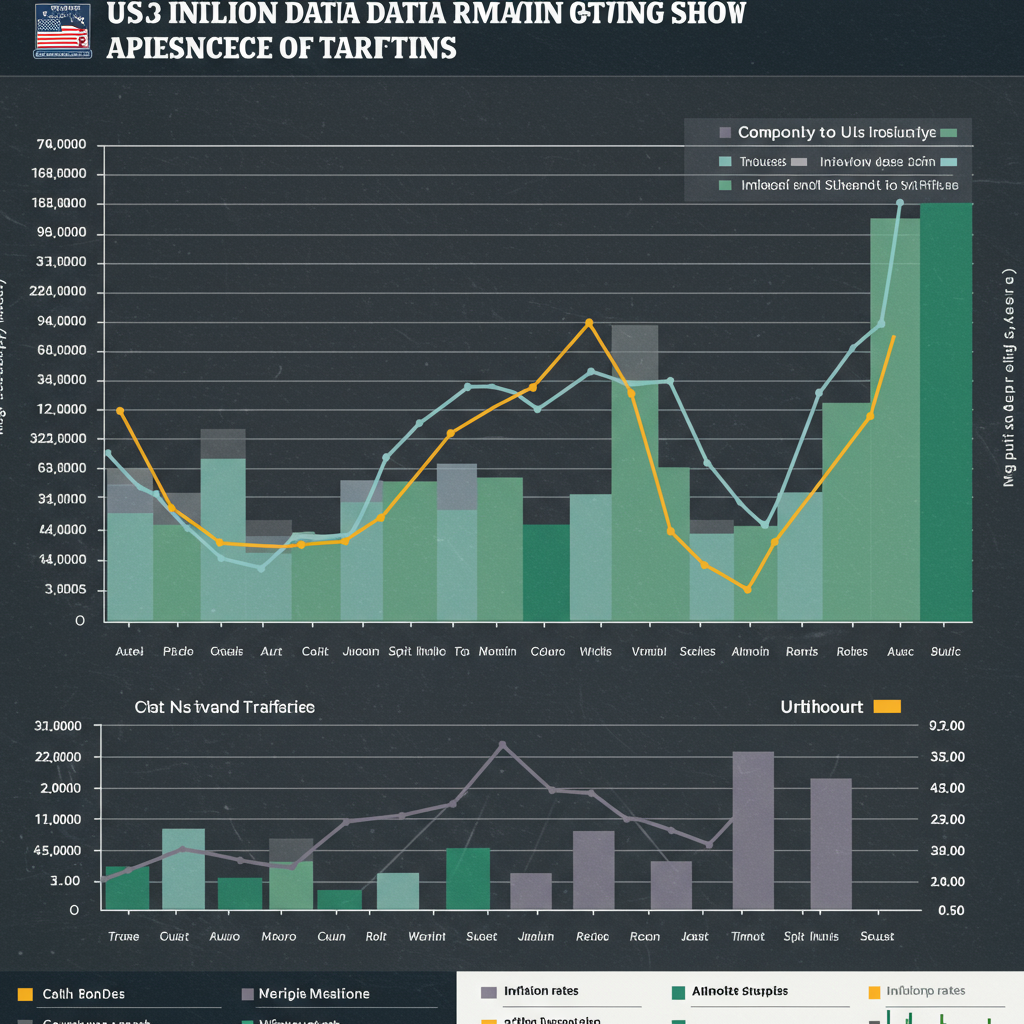The U.S. labor market delivered a significant performance in June 2025, surpassing many economic forecasts. Total nonfarm payrolls increased by an impressive 147,000 positions nationwide. While growth occurred across various sectors, the most striking trend was the unexpected surge in government employment, particularly at state and local levels. This sector alone contributed roughly half of the total job gains for the month, highlighting a notable shift in hiring patterns.
Unpacking the Unexpected Government Job Surge
According to fresh data from the federal Bureau of Labor Statistics (BLS), the government sector added a substantial 73,000 jobs month-over-month. This made it the leading engine of U.S. job creation in June. Breaking down these figures reveals where the hiring concentrated: state government payrolls grew by a robust 47,000, while local governments contributed another 33,000 new positions.
State and Local Drive Growth
The vast majority of the new state and local government roles were concentrated in education. This suggests schools and related services were primary areas of expansion. This strong performance from state and local entities significantly boosted the overall national payroll number. “Government at the state and local levels did much of the hiring in June,” commented Mark Hamrick, a senior economic analyst at Bankrate. This localized surge “helped the total payrolls number to top expectations,” he noted.
Federal Government Payroll Shrinks Amidst Restructuring
In stark contrast to the growth seen at state and local levels, the federal government saw its payroll shrink in June, shedding 7,000 jobs. This reduction aligns with ongoing strategic initiatives focused on downsizing the federal workforce. Reports indicate the Trump administration’s “workforce optimization initiative,” spearheaded by the Department of Government Efficiency (DOGE) under Elon Musk, aims to significantly reduce the size and scope of federal agencies.
Understanding Federal Workforce Reduction Efforts
Recent months have seen federal agencies tasked with submitting plans for large-scale layoffs, known as Reductions in Force (RIF). While previous attempts to dismiss probationary employees faced legal challenges and led to some reinstatements, the administration continues to pursue personnel cuts through formal processes. Agencies were required to identify roles for elimination and explore alternatives like early retirement incentives before implementing RIFs.
Targeted Agencies and Criticisms
Numerous federal entities have been targeted for significant staffing reductions as part of this plan. Examples include the Department of Education, reportedly aiming to cut nearly half its staff, the Department of Veterans Affairs planning to reduce its workforce by approximately 80,000, and the Department of Defense targeting tens of thousands of civilian jobs. Other affected agencies range from USAID and the Social Security Administration to smaller entities like the Institute of Museum and Library Services. Critics argue these indiscriminate cuts are potentially detrimental to essential public services and could harm the well-being of everyday Americans by weakening worker safety, civil rights enforcement, healthcare access, and student aid support, among other areas.
Other Sectors Contributing to Job Gains
Beyond the dominant government sector, several other industries saw significant job growth in June 2025. Health Care and Social Assistance continued its strong hiring trend, adding over 58,000 positions. This consistent growth underscores the increasing demand for health-related services. Combined with government gains, these two sectors accounted for the overwhelming majority—nearly 9 out of every 10—new jobs added to the U.S. economy in June.
Leisure and Hospitality also posted notable gains, indicating continued recovery and consumer spending in travel, dining, and entertainment. The Construction sector likewise saw payrolls expand significantly. This suggests ongoing activity in building and infrastructure projects, contributing positively to the overall labor market picture.
Sectors Experiencing Contraction
While many sectors grew, some parts of the economy faced headwinds in June. Data shows several areas experienced net job losses. Professional and Business Services, Manufacturing, and Wholesale Trade each saw their payrolls constrict, losing approximately 7,000 jobs per sector. These contractions partially offset the gains elsewhere, capping the overall labor force expansion for the month.
Economic Outlook and Sustainability
The June job report presents a complex picture. The strong headline number, bolstered heavily by state and local government hiring, topped market expectations. However, the sustainability of such rapid government expansion remains a question mark. Bankrate’s Hamrick cautioned that maintaining this pace of growth might prove challenging for state and local entities moving forward. The contrasting federal contraction adds another layer of complexity, reflecting divergent strategies within the public sector itself.
The mixed results, with significant growth in some areas like government and healthcare alongside losses in sectors like manufacturing and business services, point to an uneven economic landscape. Understanding these shifts is crucial for assessing the direction of the U.S. labor market in the coming months.
Frequently Asked Questions
Why did state and local government hiring surge in June 2025?
The significant job growth in state and local government in June 2025 was primarily driven by hiring in the education sector. Many states and municipalities added positions related to schools and educational support services. This localized expansion accounted for the majority of the government sector’s total gain of 73,000 jobs reported by the BLS.
Which federal agencies were targeted for job cuts under the Trump administration’s plan?
Reports indicate a wide range of federal agencies are targeted for workforce reductions under the Trump administration’s “workforce optimization initiative.” Specific examples mentioned include the Departments of Education, Veterans Affairs, and Defense, as well as USAID, the Social Security Administration, the General Services Administration, and smaller entities like the Institute of Museum and Library Services.
How does the June 2025 job report affect the overall US labor market outlook?
The June 2025 report shows continued, albeit uneven, growth in the U.S. labor market, with a total gain of 147,000 nonfarm jobs. The strong performance of state/local government and healthcare sectors signals demand in these areas. However, losses in sectors like manufacturing and professional services, combined with potential unsustainability in government hiring pace and ongoing federal cuts, suggest a mixed outlook requiring careful monitoring in subsequent months.
Conclusion
June 2025 proved to be a stronger month for the U.S. labor market than anticipated, with 147,000 jobs added. The standout performer was surprisingly the government sector, specifically state and local levels driven by education hiring, which contributed about half of the total gains. This contrasts sharply with the planned reductions underway at the federal level, reflecting broader political and strategic shifts. Alongside government, healthcare and social assistance continued their robust growth, while sectors like manufacturing and business services saw minor contractions. The report paints a picture of a dynamic and somewhat unpredictable job market, with analysts cautioning about the long-term sustainability of current trends in key sectors.



